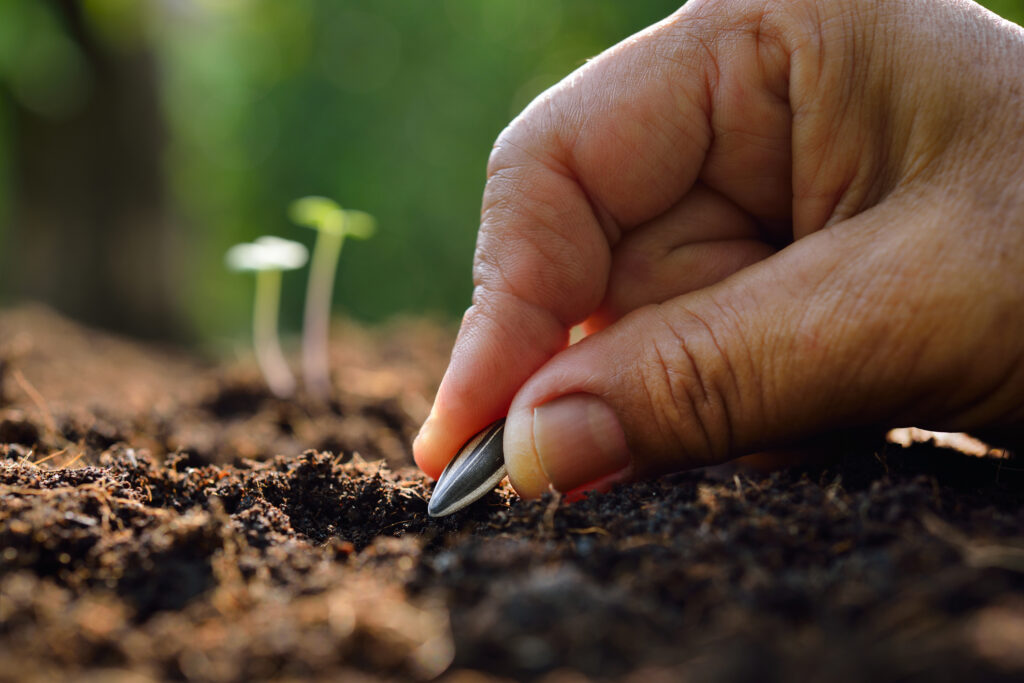
Image Source: Google
Sunflower production involves a series of important steps that contribute to a successful harvest, starting from planting the seed to finally harvesting the mature sunflowers. One key practice that is gaining popularity among sunflower farmers is the use of vertical tillage. Vertical tillage plays a crucial role in sunflower production by preparing the soil, managing residue, and creating an optimal environment for sunflower growth.
When it comes to planting sunflower seeds, having well-prepared soil is essential for ensuring good seed-to-soil contact and proper seed germination. This is where vertical tillage comes into play. Vertical tillage involves using specialized equipment that creates vertical fractures in the soil without causing significant horizontal disturbance.
This helps to break up soil compaction, improve soil structure, and create a more uniform seedbed for planting sunflower seeds. By preparing the soil in this way, farmers can ensure that sunflower seeds have the best possible conditions for germination and early growth.
Another important role of vertical tillage in sunflower production is residue management. Sunflowers are known for their large and thick stalks, which can leave behind a significant amount of residue after harvest. If this residue is not properly managed, it can create challenges for subsequent planting and can interfere with the growth of new sunflower plants. Vertical tillage helps to incorporate residue into the soil, breaking it down and promoting decomposition.
Overall, the role of vertical tillage in sunflower production is multifaceted and essential for successful sunflower farming. From preparing the soil and managing residue to creating an optimal environment for sunflower growth, vertical tillage plays a critical role at every stage of the sunflower production process. By incorporating vertical tillage into their farming practices, sunflower farmers can benefit from improved soil health, increased crop yield and quality, and enhanced sustainability.